SAP offers a very good insight into sales order process, including:Â inquiry, quotations, sales order generation, contract, billing and management cycle. The companies benefit from a complete life cycle of the customer, including the status of orders, billing, payment and credit management. Sales order processing described the complete process, starting with the pre-sale, to the establishment of the sell order,Continued enforcement of orders of sale, and ending with the billing of the order of sale and the parallel process of the creation of the posting in financial accounting.
The cycle of order processing of a service or material consists of following phases:
Pre-sales
Pre-sales activities may be inquiries or quotations entered into the system. These can then be used as a reference when creating a sales order.
Order Creation and Availability
Sales order can take information from the pre-sales document (quotation or inquiry). Sales agreements or sales contracts (long-term sales agreements) can also be created with reference to a sales order and are supported
by different steps in the sales order process. When creating the sales order, availability of material can be checked to confirm the customer requested delivery date.
Delivery and Goods Issue
A Outbound delivery is the basis for a process where the goods are physically moved and for the posting of goods. Picking may be fulfilled through the use of warehouse management and transportation may be planned and executed.
Billing
As the last step in the sales process, an invoice is issued, which must also be shown in accounting.
Sales Order
During sales order creation, the system can carry out basic functions:
- Monitoring sales transaction
- Checking for availability
- Transferring requirements to material requirements planning (MRP)
- Scheduling delivery
- Calculating pricing and taxes
- Checking credit limits
- Creating printed or electronically transmitted documents
Depending on how the system is configured, these basic functions may be completely automated or may require some manual processing. The data resulting from these basic functions (for example, shipping dates, confirmed quantities, prices, and discounts) is stored in the sales document. The resulting data can be displayed by a user and, in some cases during subsequent processing, manually
changed by the user.



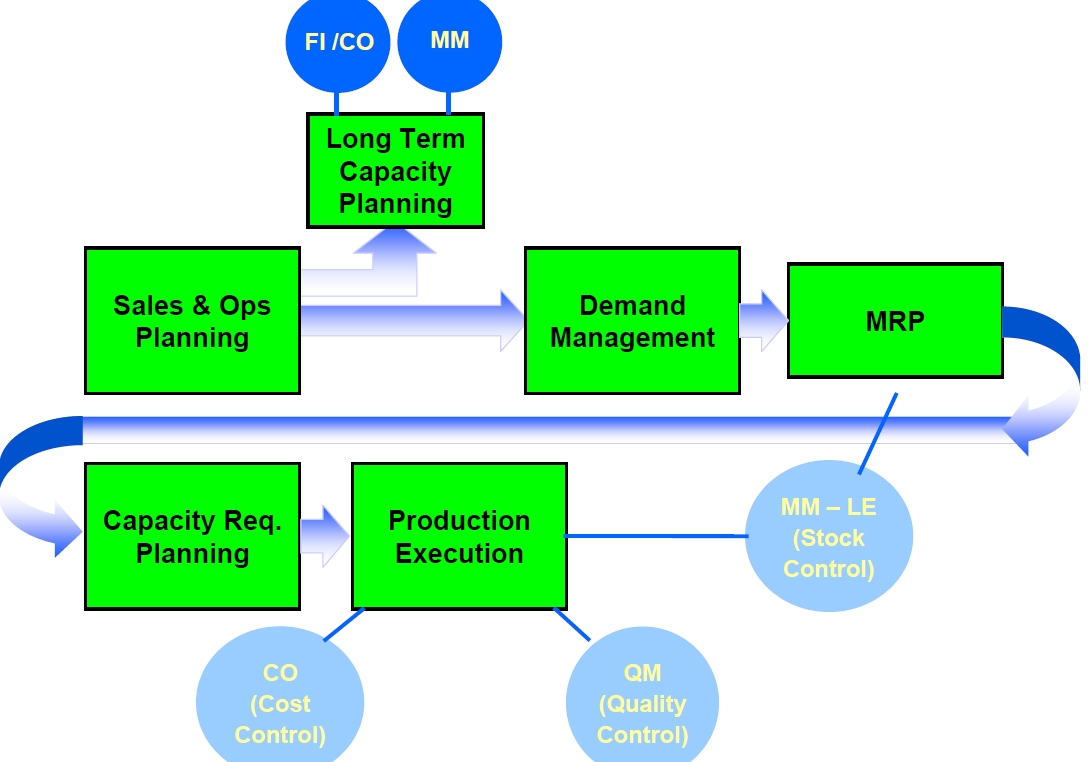
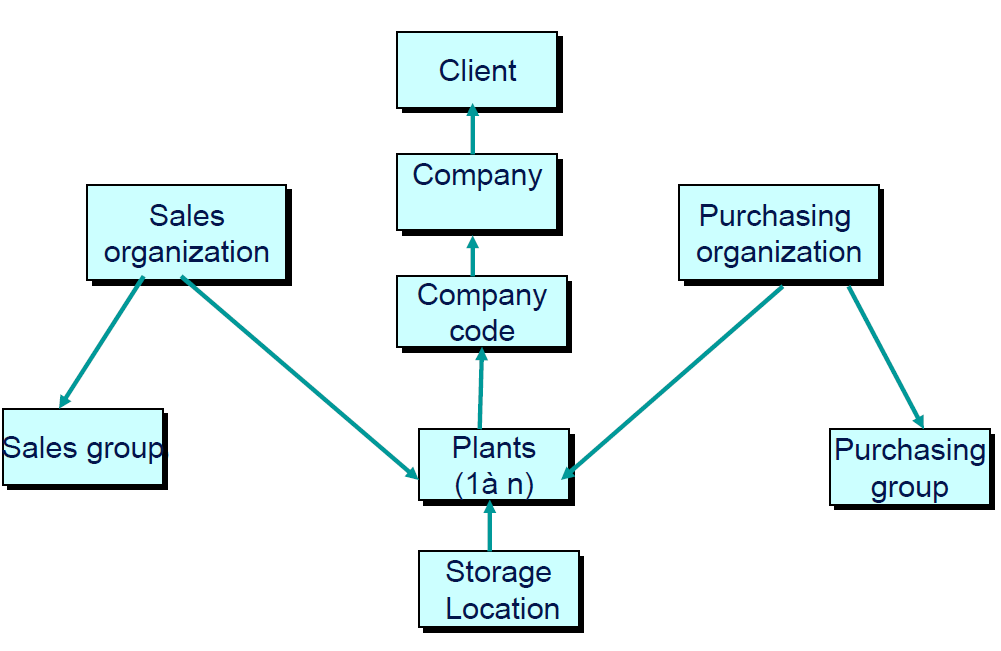
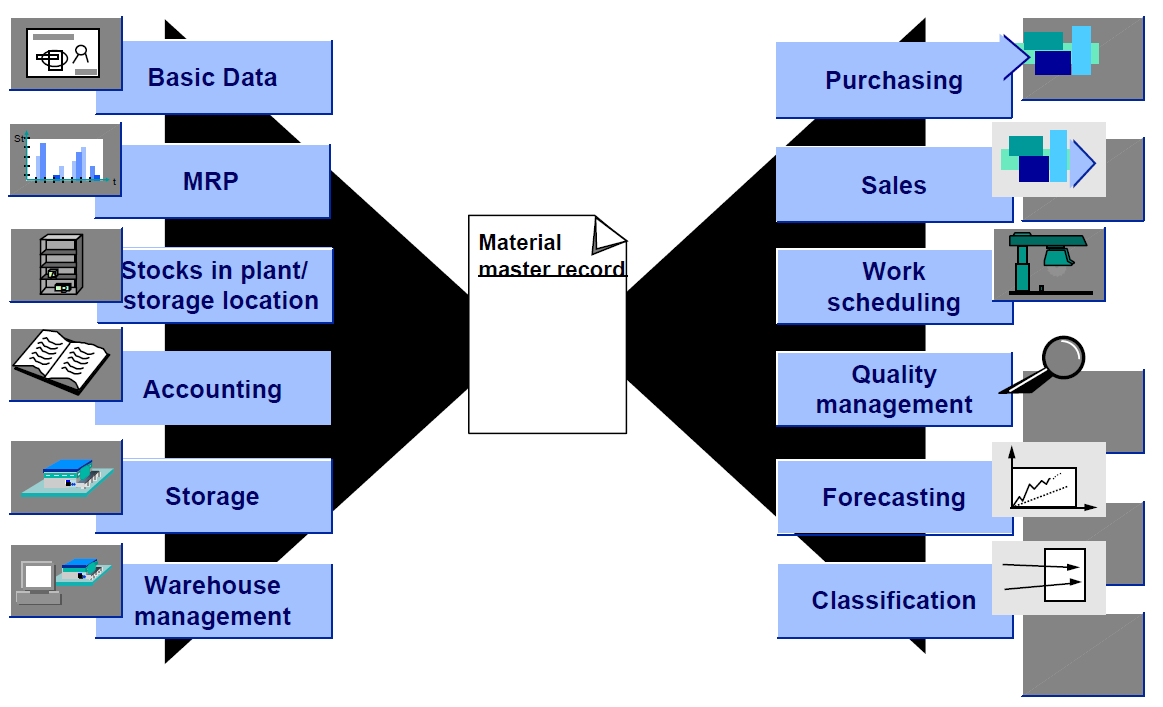
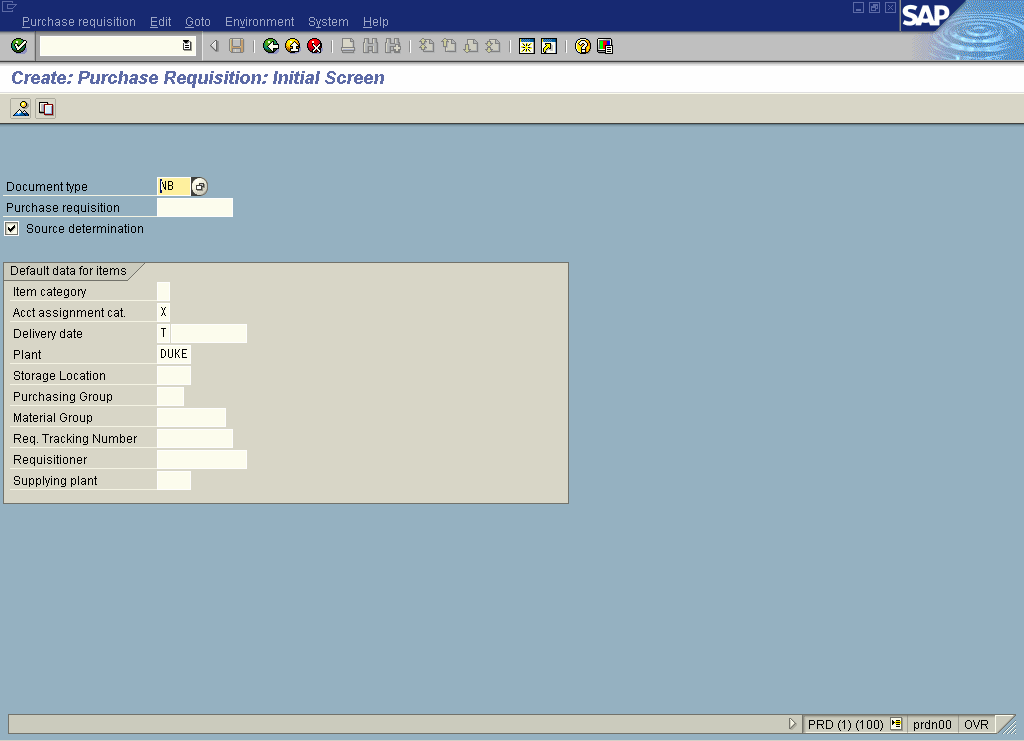
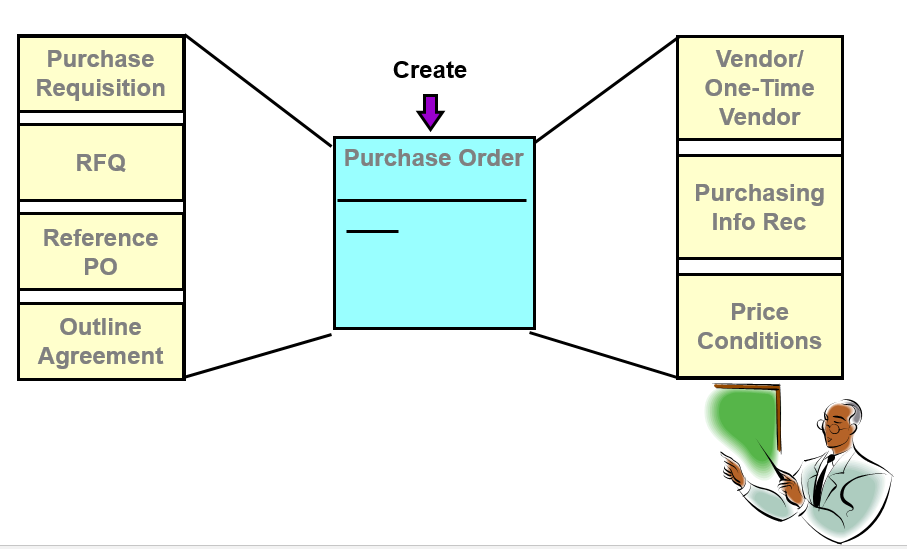
Leave a Reply